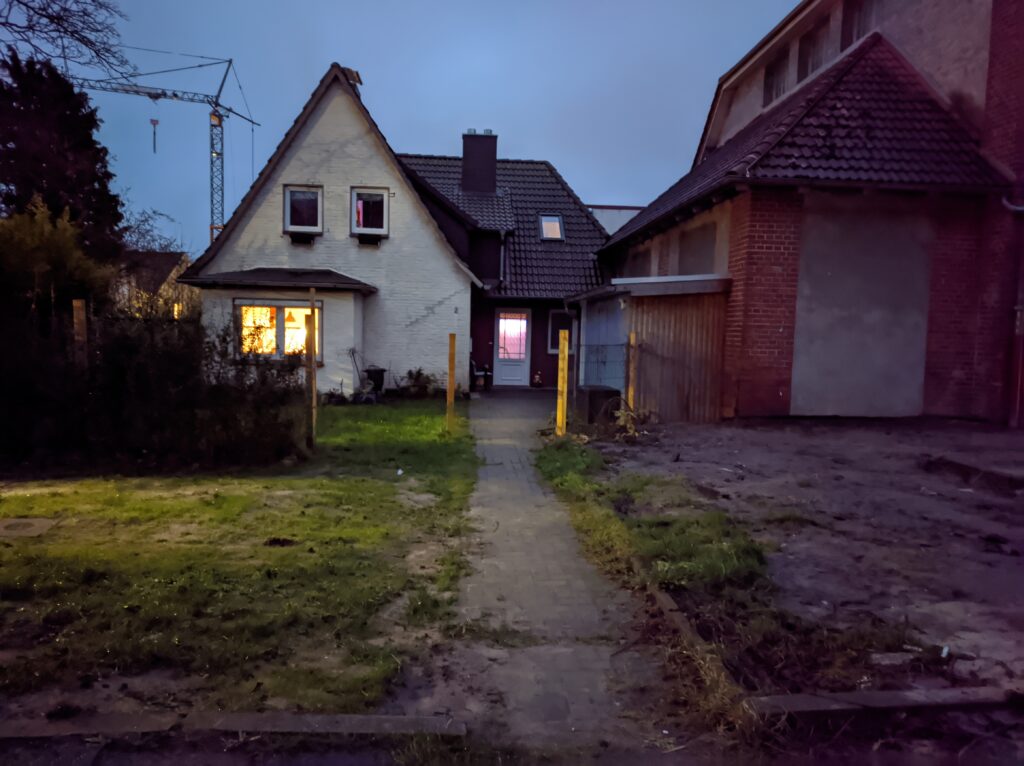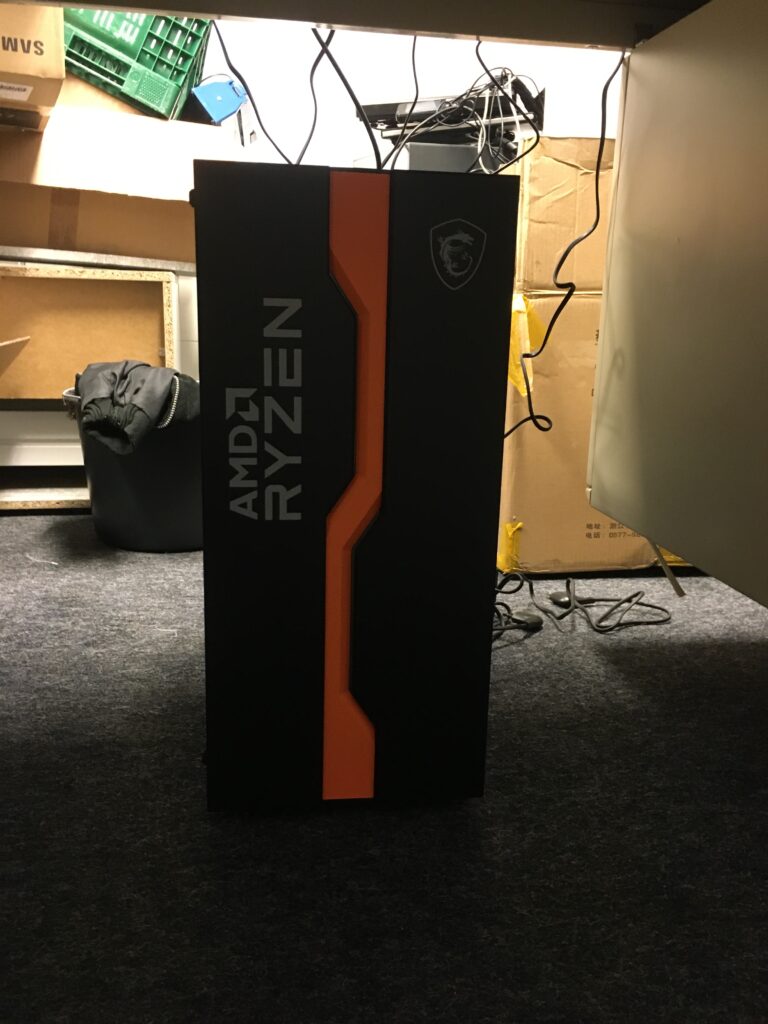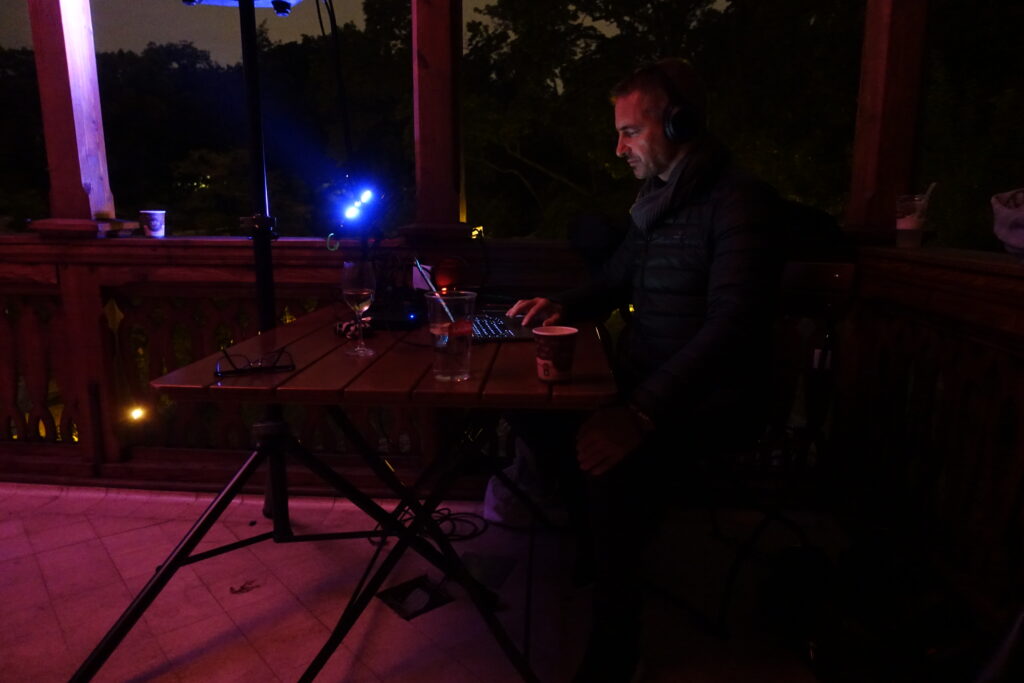My EDC includes an iPhone 6S, Xiaomi Redmi Note 9 Pro, and when I really want to take pictures, a Sony RX100 IV.
In a fit to optimize everything in my life, I tried to optimize this away into one device, but couldn’t – because the thought process that had landed me in this situation was very sound and still applies even today. Let me explain.
What my Android phones were like
My first smartphone was an LG Optimus One, then a HTC One S. Both companies are terrible at software updates – the One S had its last Android update only 6 months after it was released – and I had bought it at full price, new! I was so pissed I vowed never to buy HTC again. When they went under, I was glad.
Ahem. Instead of ranting about it, let me just summarize my experiences with each phone.
LG Optimus One: eye opening introduction to smartphones; SLOW; obviously bad rear camera; SLOW. The lack of software updates was not an issue because the phone was so SLOW.
HTC One S: software updates discontinued after only 6 months, but I kept it going for 4 years with custom ROMs. All custom ROMs, by the way, will always have an issue or two, because these are things you can’t write software tests for – you have to actually test it in the real world. Problems I remember: Bluetooth headphones changing pitch very slightly because the wifi antenna is retuning itself for a better reception (they use the same antenna after all), wifi not reconnecting when coming back into range (custom ROM issue), random reboots (custom ROM issue), no TRIM support on stock ROMs so you have to install a custom ROM if you don’t want your phone to slow down after a few months. On the plus side, the camera was everything I wanted and it was a sexy phone.
LG G5: tended to produce larger (3-6MB) photos even though pictures were blurred by the noise reduction algorithm. Then it got stolen.
Now I’ll dedicate a whole section to why iPhones are so amazing.
iOS: perfection
It took me a lot of fiddling with my HTC One S to understand myself – namely that even though I like fiddling with my computer, I don’t want to fiddle with my phone.
With the iPhone 5S, 6 and 6S, I got the whole package – a great camera; never felt slow; I actually used it and didn’t think about maintaining it.
camera such wow
Often times, you’re with somebody, they make a face or are in an interesting situation, and you want to take a picture. In the Android world you have to choose your phone carefully because all these could be bad:
Unlock the phone/swipe to camera shortcut: the camera app could start very slowly (500ms okay, 1s or more bad)
Camera takes a long time (1s or more) to focus.
Long delay after pressing the shutter button and the camera actually taking a picture (500ms or more)
Picture quality great in daylight (aren’t they all), terrible in certain conditions (still true today).
Apple may not be the absolute best in one dimension (focus speed, detail preservation, megapixel count, sensor etc) but it always strikes the best balance, consistently, since 2013. Android flagships often have great hardware but the software lets it down.
For instance, this picture was taken on a Redmi Note 9 Pro in the last minutes of an evening. The noise reduction algorithm in low light situations is too heavy handed and smudges the whole picture, especially the grass. Despite this loss in detail, the picture is a hefty 5MB.

Here’s another bad photo in a low light situation from the iPhone 6S. Notice how the carpet texture is preserved well – the Redmi would have reduced the carpet into a blurry mess. This photo is only 2MB.

other little details that just work
Did you know that digital compasses need to be calibrated? I don’t know how they do it, but on iPhones, it was always pointing in the right direction. The Redmi Note 9 led me down the wrong road several times, the compass being up to 90 degrees off. I calibrate it, and within a few minutes it’s wrong again. It’s such a small detail that ends up being a huge annoyance when traveling.
Redmi Note 9 Pro’s wifi/Bluetooth antenna is not the best. For instance, when paired with a cheap Bose QC25 bluetooth adapter, it can lose signal when I put my phone on the opposite side of my body!
iOS: after the honeymoon
After several years on iOS, I decided to experiment with Android again with a cheap phone, the Redmi Note 9 Pro, and I realized just what I had sacrificed.
evil capitalism
Apple is a company who clearly does NOT have your best interests in mind. 256GB upgrade to 512GB ($10, 20 difference at most)? $100, and no microSD card slot, and no audio jack either, because ‘courage’. With the iPhone 12 and 13, Apple even has software locks preventing you from swapping the battery or other components, and is pretending to go along with Right to Repair, while of course making it difficult to actually use its repair program.
Apple has an attitude problem.
me
It’s the attitude that’s the problem, when the company forces you to do things its way because you have no choice. In real life, we call them bullies.
Nobody else has your interests in mind either, except for the free open source software community. Even Microsoft places ads in Windows these days. Linux is the one place on the PC where I am not funneled towards someone’s agenda, thank god I learned to use it when I was a teenager.
Instagram does not have your best interests at heart. The official app is optimized to make you scroll forever and waste huge amounts of time. Thankfully, there is an alternative app on Android called Barinsta, which displays the same content in a normal way that doesn’t encourage you to waste an entire afternoon and doesn’t have ads. Such an app would never be allowed on the App Store, nor the Play Store.
Youtube does not have your best interests at heart. Just like Instagram, it encourages you to waste time with its Related Videos; autoplay is on by default; ads, popups that you can click on in the video area. I am not an idiot, I know that the difference between streaming a video and letting a video be downloaded so it can be played later offline is 0 – so why are they making me pay for this functionality with Youtube Premium? Thankfully there is Newpipe and Youtube Vanced (and its forks).
I could go on forever, but to make it short, imagine what the computing world would look like if software were written just for our (consumers) own benefit, and not just so companies could make money from us. That’s the free open source software movement, and F-Droid is full of apps which
- don’t try to tack on a cloud/account/subscription model onto something which obviously doesn’t need one
- isn’t some freemium hook and bait deal
- can share files without relying only on cloud companies like Dropbox/OneDrive
Android as a smaller computer
I found myself using Android like a mini PC when I was too lazy to pull out my laptop.
Because it has a real filesystem, it’s easy to copy files (like movies or music) onto an Android phone and watch it on the plane. The iPhone would force me to use an app, which would force me to pay to download to watch/listen offline. Then I’d realize that I have no space left so I’ll have to give up on the idea.
iPhone vs Android – how to choose
Why would you buy an iPhone?
You go iPhone because you want things to just work – and you’ll make the necessary sacrifices to appease Apple so you can go about your daily life without having to think about your phone.
iPhone 12 costs $373 to produce, and sells for $800.
iPhone 12 Pro costs $406 to produce, and sells for $1000.
My iPhone 6S cost $200 in 2019, and I still got iOS 15 this year, so it’s definitely been worth it. At $1000, it’s probably still worth it, just because the software support is incredible – the 6S came out in 2015!
Still, I would never buy an iPhone new from Apple out of principle.
Why would you buy an Android?
You go Android because you want freedom and you don’t want to be shepherded into the behaviour patterns that big companies want you to do.
Expect little problems that would be a non-issue on iPhones, because nobody is as smart and detail oriented as Apple. Wait, what?
Think about it. Buying an Android flagship means you are paying $1000 for only 4 years of software updates (maximum, depends on vendor), and you’re losing the audio jack and microSD slot too! I might as well buy an iPhone already!
With dumbasses like these designing Android phones, and the fact that smartphone vendors don’t produce the processor nor Android, what do you expect?
Example: Xiaomi makes the Mi 12 Pro, which sells for $1100. I have the Redmi Note 9 Pro, which cost $180. The Gallery app has a problem: when I delete photos from the phone, the app still thinks the photos are there and there is no way to tell the app to refresh its database, short of reinstalling it!
In short, iPhones offer more than Androids at the $1000 price point. In the budget range, Androids are better value for money.
Removing the camera from the problem
I said before that no one is looking out for your interests. That includes smartphone review sites, who always make incredible claims about how much better photo quality is on this year’s crop of phones.
In daylight, quality is not a problem and hasn’t been since the iPhone 5S. The differentiator is low light performance. Smartphone cameras take multiple exposures in Night Mode to achieve better dynamic range. Noise reduction algorithm tuning is still an issue, because smaller sensors naturally do worse in the dark.


Below is a photo from the RX100 in a similarly dark, if not darker, situation. Imagine if the same amount of noise reduction/blurring from the P40 Pro were applied to this photo – would you still be able to read the GANT label on his jacket? How would his scarf’s texture look like then?

Let’s just cut the bullshit out and say: no smartphone camera is going to beat a bigger sensor, especially if things are moving at night. The devil is in the details, and what I’m realizing more these days is that the details are often left out by people with a vested interest.
The solution is obviously to always bring a dedicated compact camera with you. Except that of course, I rarely do, because the RX100 IV is still bulky, and it takes time to turn on.
Also you must consider the question: why do you take photos? It’s satisfying to take a good picture, but showing it to others gives me more happiness, even if it isn’t perfectly composed. It’s complicated with an external camera. You can’t share instantly, you have to copy it over first. It’s a different pace, slower, more deliberate.

Thanks to the way the world works, I’ll never get a mixture of an iPhone, Android, and a good camera.
It’s just easier to find a way to carry all 3 at once – I’ll figure it out one day…